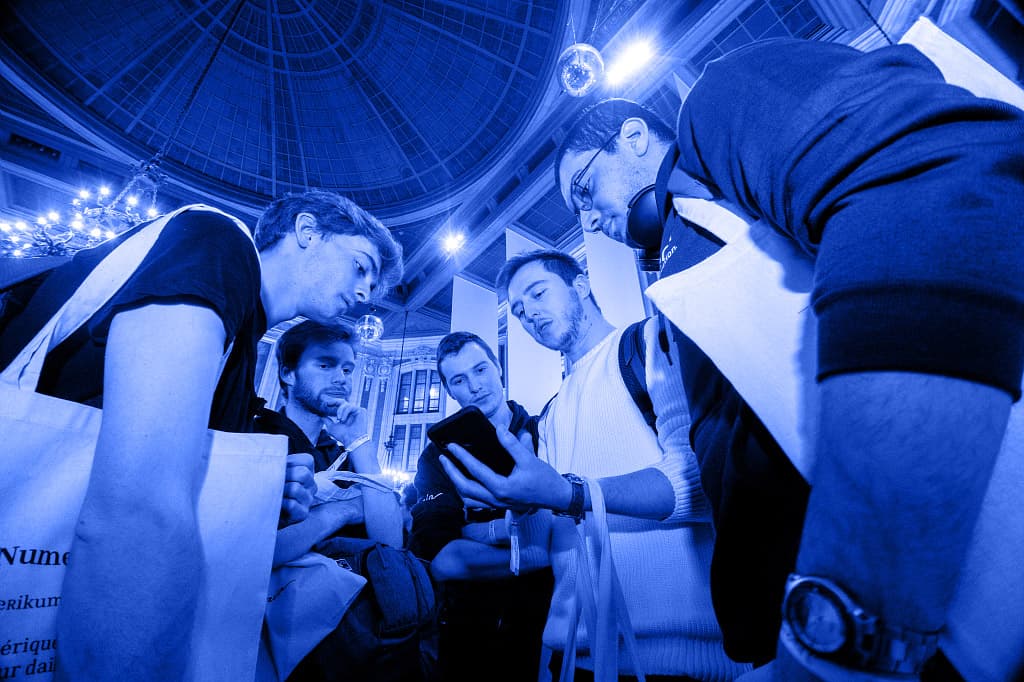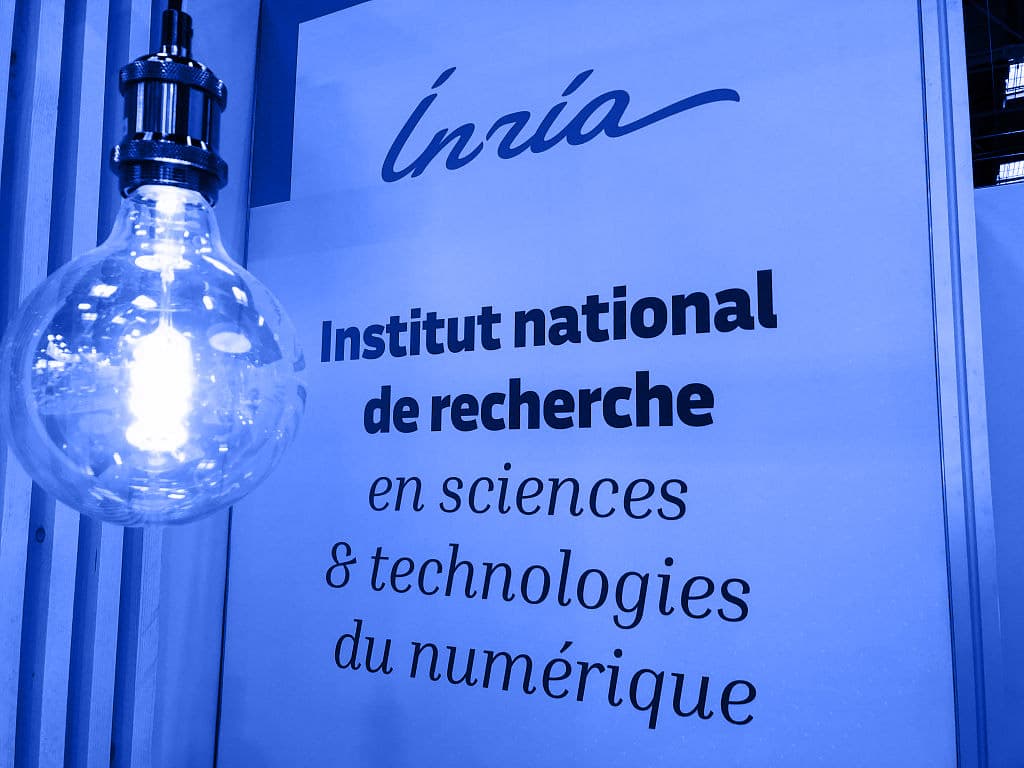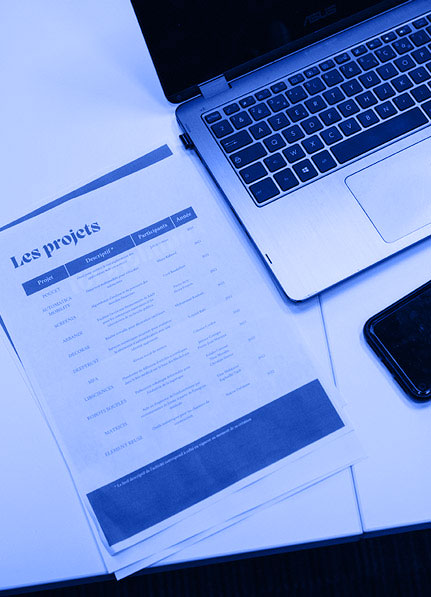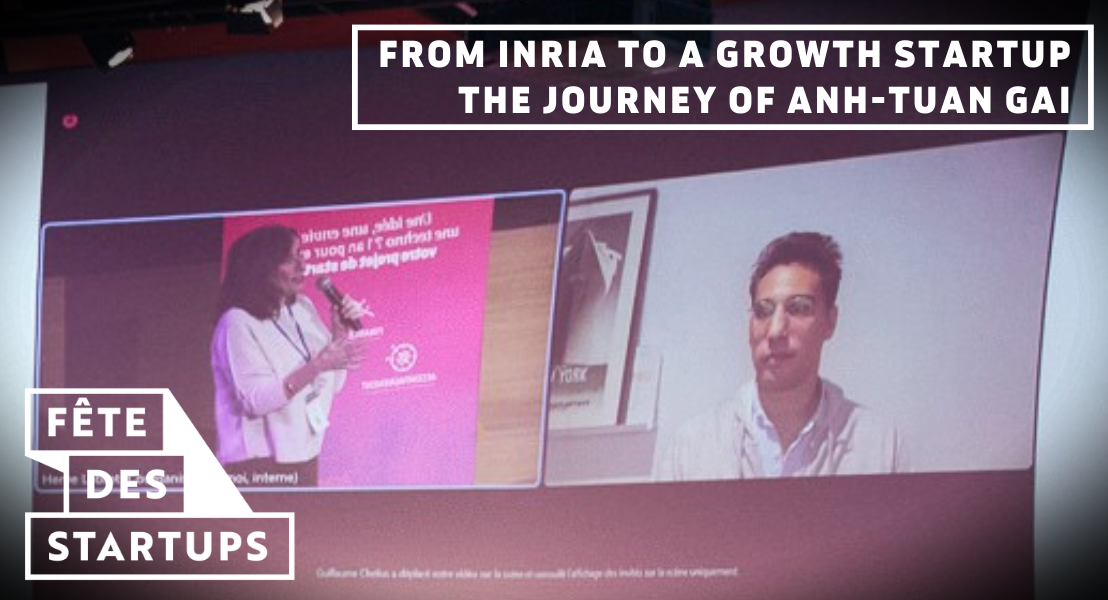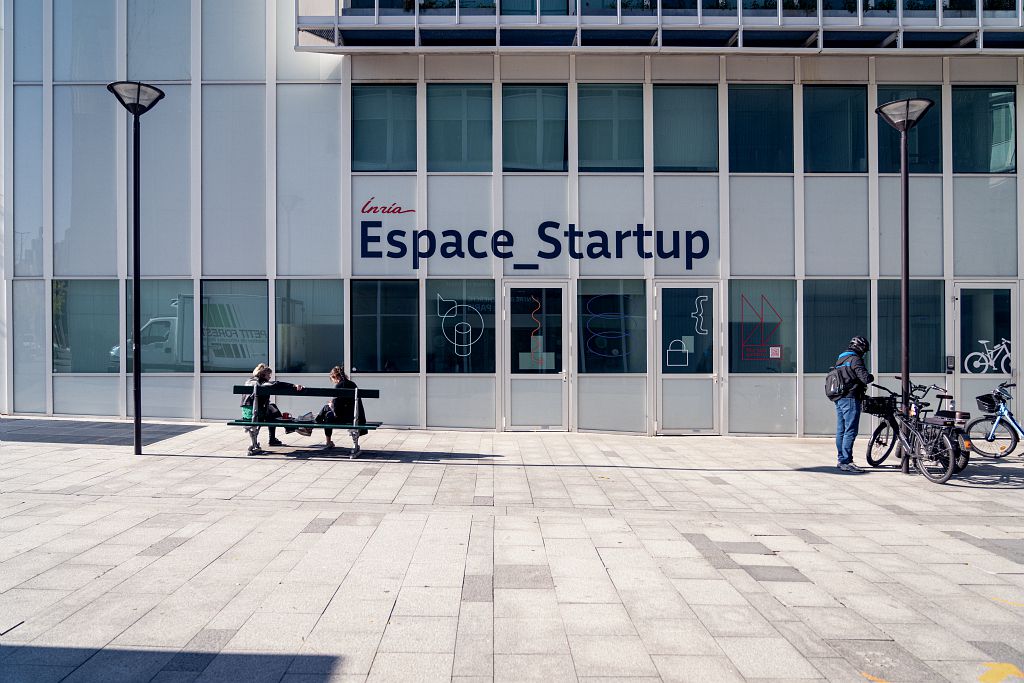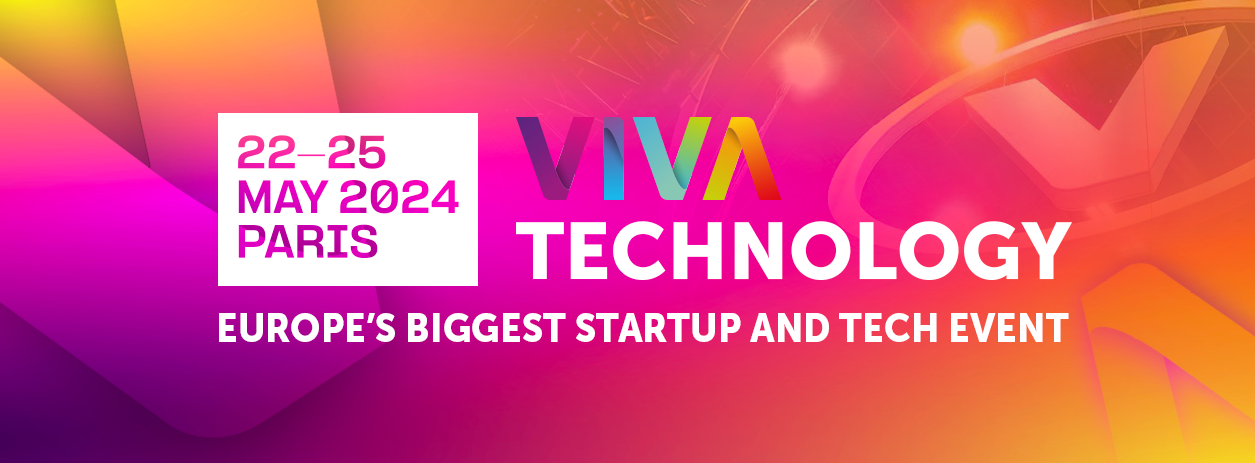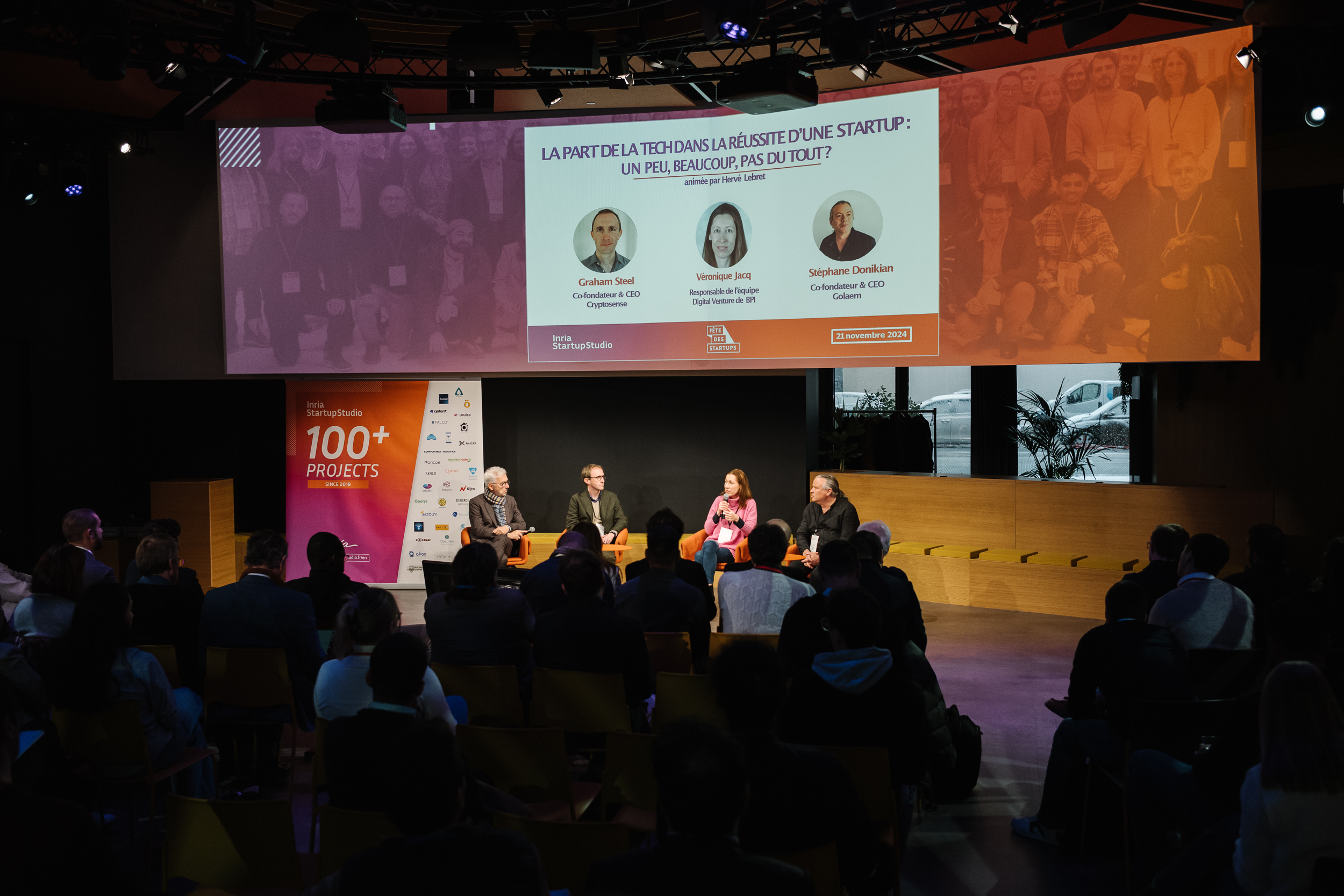
(Deep)tech: a brake or a gas pedal on startup success?
Does a startup’s success lie in its ability to develop innovative technologies, or rather in its ability to turn them into products, find a market for them, and find the customers likely to use them? This was the question at the heart of the first round table organized by Inria…
Does a startup’s success lie in its ability to develop innovative technologies, or rather in its ability to turn them into products, find a market for them, and find the customers likely to use them? This was the question at the heart of the first round table organized by Inria Startup Studio during its Fête des startups 2024 on November 21, bringing together Véronique Jacq, Director of Bpifrance Digital Venture, Graham Steel, CEO of Cryptosense, and Stéphane Donikian, CEO of Golaem, two companies supported by Inria.
At Golaem, leader in virtual crowd creation and animation solutions for the film industries, technology is essential, as Stéphane Donikian reminds us: “innovations developed in the laboratory are primordial, since they are what have enabled us to reproduce the behavior of synthetic people to populate the background of a scene. When you see a horde of white walkers in Game of Thrones, that’s us!” However, technology isn’t everything: it still has to be mobilized to come up with a marketable solution. “Our historical competitor has a very powerful technology, but it took an operator almost six months to master it, whereas it only takes a few days to get to grips with our solution and refine the initial results,” explains Stéphane Donikian, who thus highlights a first challenge that goes beyond mere technological innovation: ”we have to ensure that the technology adapts to customer needs, and make it accessible to people who are not technologists: in our case, they are the creative people and artists in the studios.” But adapting technology to customer needs suggests another challenge: finding customers. “It can be difficult to grasp the technological complexity of a product. I never found the right sales people to sell our solutions, so we did it ourselves,” says Stéphane Donikian, who first exported to the United States and Japan, more mature markets, before attracting interest from French customers.
Finding your “go to market”
So, in addition to creating a solution from a technology, you also need to be able to sell that solution. A general observation shared by Graham Steel, CEO of Cryptosense, a provider of cybersecurity and cryptographic management solutions: “In France, it’s often said that there are researchers and ideas, but unlike in the USA, it’s difficult to convert these ideas into value for the market.” While it was indeed the technology behind Cryptosense that was valued when it was acquired in 2022 by the American SandboxAQ, the story would not have been the same had the company not been used by Wall Street’s leading investment banks: “We have always sought to nurture our reputation, including with customers who were not our core target, such as telcos. Our technology was innovative, and probably the most effective in the world, which enabled us to attract the customers who needed it, and to be identified by our future buyers. But it was difficult to recruit sales people to sell this technology, when they themselves had difficulty understanding it. That’s the difficulty with deep tech compared with some of the lighter SaaS solutions,” asserts Graham Steel.
This difficulty is also felt when it comes to attracting potential investors, as Véronique Jacq, head of BPI’s Digital Venture fund, which supports high-potential start-ups right from the seed stage, points out: “Deep-tech start-ups often have a bad reputation with investors, who find these structures too capital-intensive, with a complicated ‘go to market’ and therefore uncertain profitability. And yet, deep-tech startups often lay the foundations on which other innovations develop. As a result, they address a wide range of needs, and are less dependent on one or a few use cases, as other startups can be. Another advantage according to her: “A technology can interest an acquirer, as long as it works and he can easily integrate it into his processes, whereas other startups will have to develop products, conquer market share and seduce many more customers before being sold. But acquiring and integrating an entire business unit is more complex than just a piece of technology…” says Véronique Jacq. However, of the 36 times the Digital Venture fund has exited the capital of a startup following a buyout, only 5 or 6 cases involved companies whose only assets were their technologies. “Depending on the nature of the technology, the valuation can vary between 10 and 50 million euros. But if the entrepreneur wants to exceed this threshold, he’ll need to structure himself and develop sales of 10, 20, 30 million euros or more.” And so, more and more, he will have to abandon research and take on the various roles of the entrepreneur.
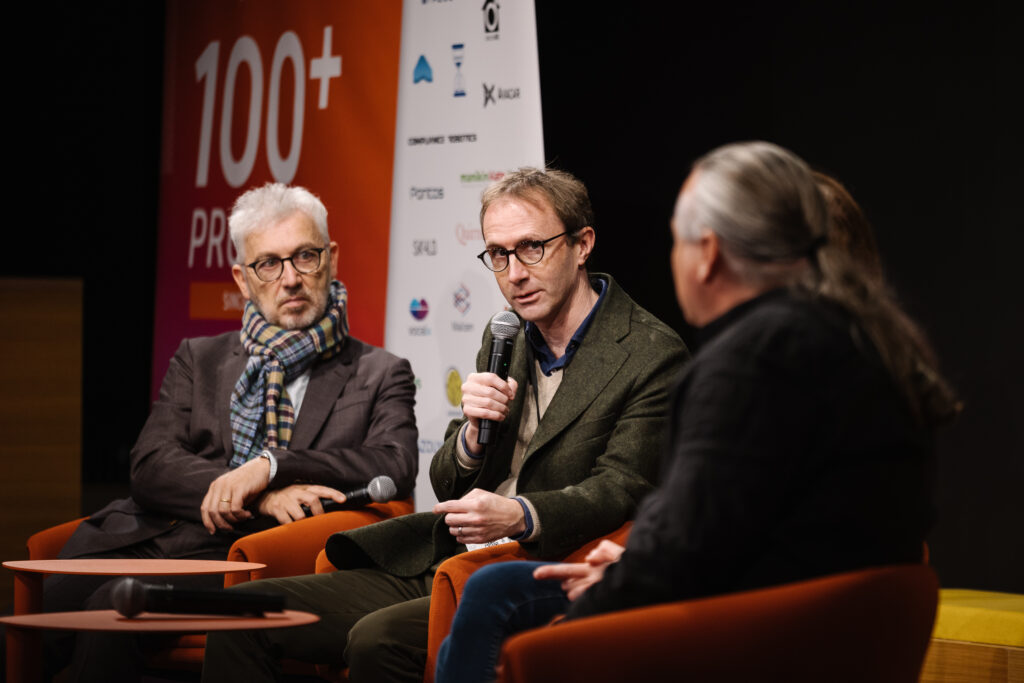
Publication date: 10/02/2025
Want to get started ?
